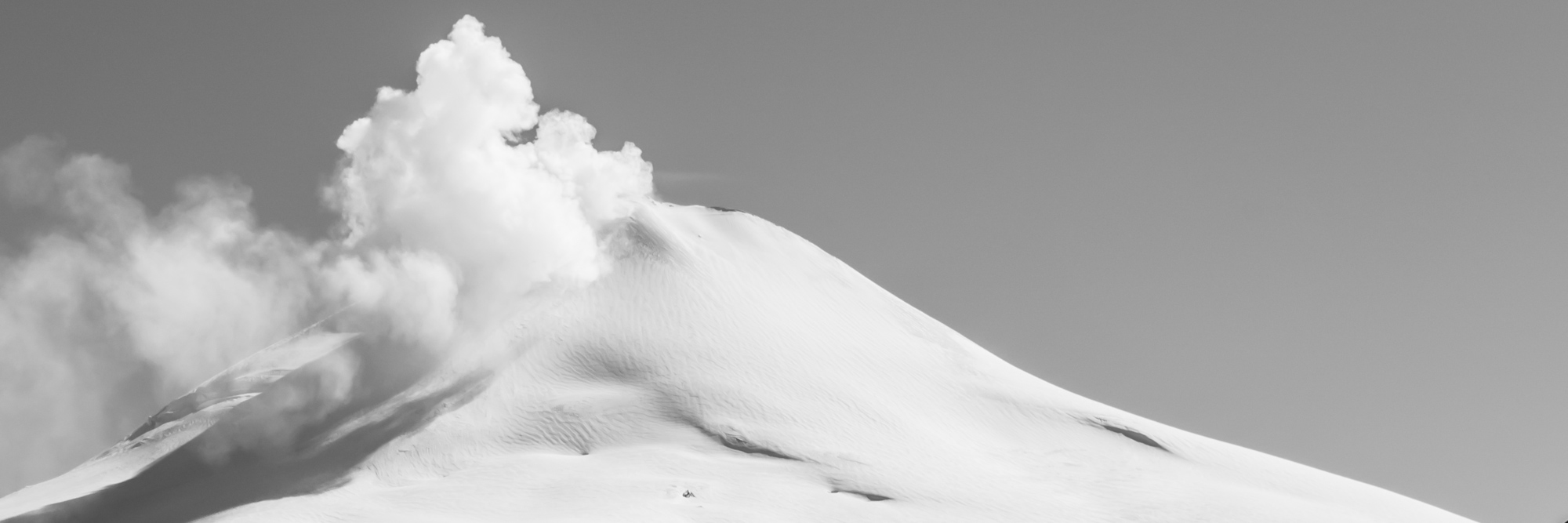Late that summer in the evening sun, pausing to ask permission from the spirits before entering their forest. Climbing the hillside, feet kicking up clouds of dry, powdery soil, the dust hanging in the air. Emerging out into the clearing to survey the trees around us, sizing up the giant seed-cones with their bounties of fruit. Climbing again, this time just one, a lone figure dexterously scaling the tree, the nimble body intuiting the path, instinctive, without hesitation or fear, unfazed by the rough armour of foliage, hard and sharp, unforgiving yet giving to those who know how. Then the sound of rustling from atop, the figure trying to prise loose a seed-cone, premature perhaps, the first of the season. The tree resisting, unwilling to give up its treasures without a struggle. Time passing, the last golden rays of sun fading, the shadows creeping up the mountains across the valley, submerging the rocks and forests and leaving a coolness in the air. [ Continue reading → ]
Category: Forest
In an article entitled “The Conception of Time in Mapuche Culture” (1987), the Chilean anthropologist María Grebe describes the spatiotemporal orientation of the earth according to the indigenous Mapuche people in the south of Chile. According to the Mapuche, the mapu—or earth (the literal meaning of the name “Mapuche” is “people of the earth”)—is divided into four quadrants whose axes appear, at first sight, to be analogous with the cardinal points of the Western compass: north (piku); east (puel); south (willi); west (lafkén). So far so good.
Yet Grebe also notes that in the Mapuche cosmovision, the mapu is oriented not to the north but to the east, from where the sun rises (tripapan-antü) and the snow-capped Andes lie in the distance, and towards which Mapuche rukas, or houses, are oriented. From this principal bearing, the Mapuche system follows the movement of the sun throughout the course of the day: north (rangi-antü, or midday); west (konün-antü, or sundown); and south (rangi-pun, or midnight). [ Continue reading → ]

